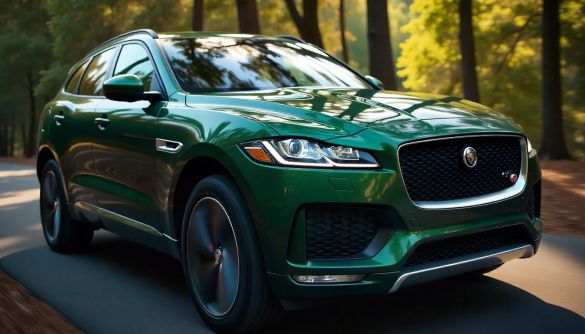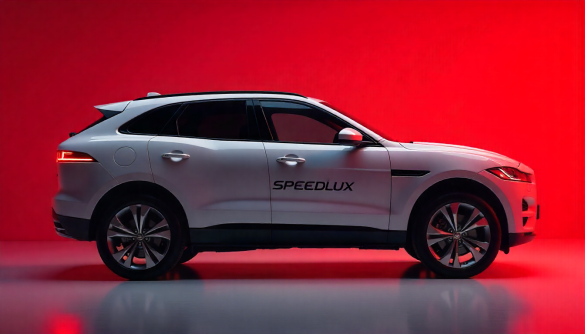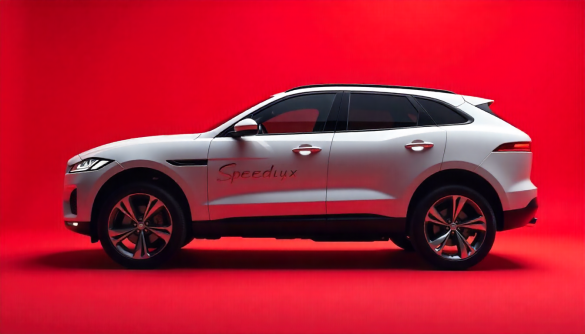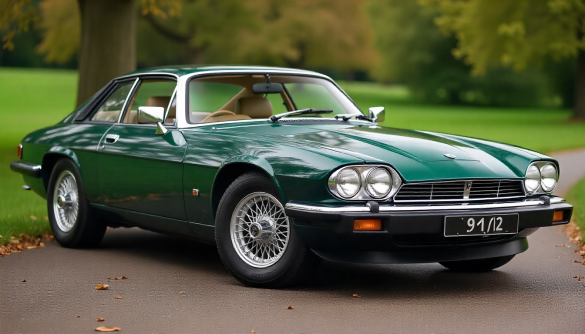Laurent van den Acker the new chief designer has come out with a first piece of art from its. In an announcement today, the Renault disclosed the DeZir concept to the public that was previously known only to a few within the company. The new concept previews Renault’s new design philosophy. In September this year, at the Paris Motor Show, the newly designed car will make its official debut.
The new concept features some of the under the hood improvements in term of an electric motor mounted in a mid-rear position in order to optimize weight distribution over the front and rear wheels. It consists of a vertically mounted 24kW/h lithium-ion battery installed behind the bench seat. The battery gives the desired or needed support to the car with a range of 160km. The same electric motor is used in Renault’s production electric cars. However, the electric motors used in DeZir concept is rated as high as 110kW i.e. 150 hp and 226 Nm of torque level.
Renault mentioned as regards the charging times that a 400V three-phase current could charge the battery in about 20 minutes. However, only 80% of the battery is charged using this method. The company also confirmed that the car lithium-ion batteries would get fully charged using a conventional household electrical outlet in about eight hours. In addition, the Renault’s Quick Drop technology easily enables you exchange the battery.
The French manufacturer also proclaimed performance improvements in the car. The new DeZir concept can hit from 0-100 km/h i.e. over 62 mph in just 5 seconds while 50 km/h (31 mph) are achieved in 2 seconds. DeZir’s energy efficiency and performance improvement package is known to have included the recovery of deceleration energy system. The deceleration energy system is akin and follows the same principle as the KERS i.e. Kinetic Energy Recovery System as can be found in Formula 1 cars. What implies from above is that when the car decelerates, the kinetic energy is recovered, and stored in the lithium-ion battery. The driver can use this energy for a temporary power boosts whenever required.
The enhanced design of the driver interface further improves driving pleasure. The data received from the accelerometer and speed sensors are visually mirrored in the dashboard. Thus, the sensations felt at the wheel are displayed by means of a graphic display in the dashboard.
Source: newcarautos







